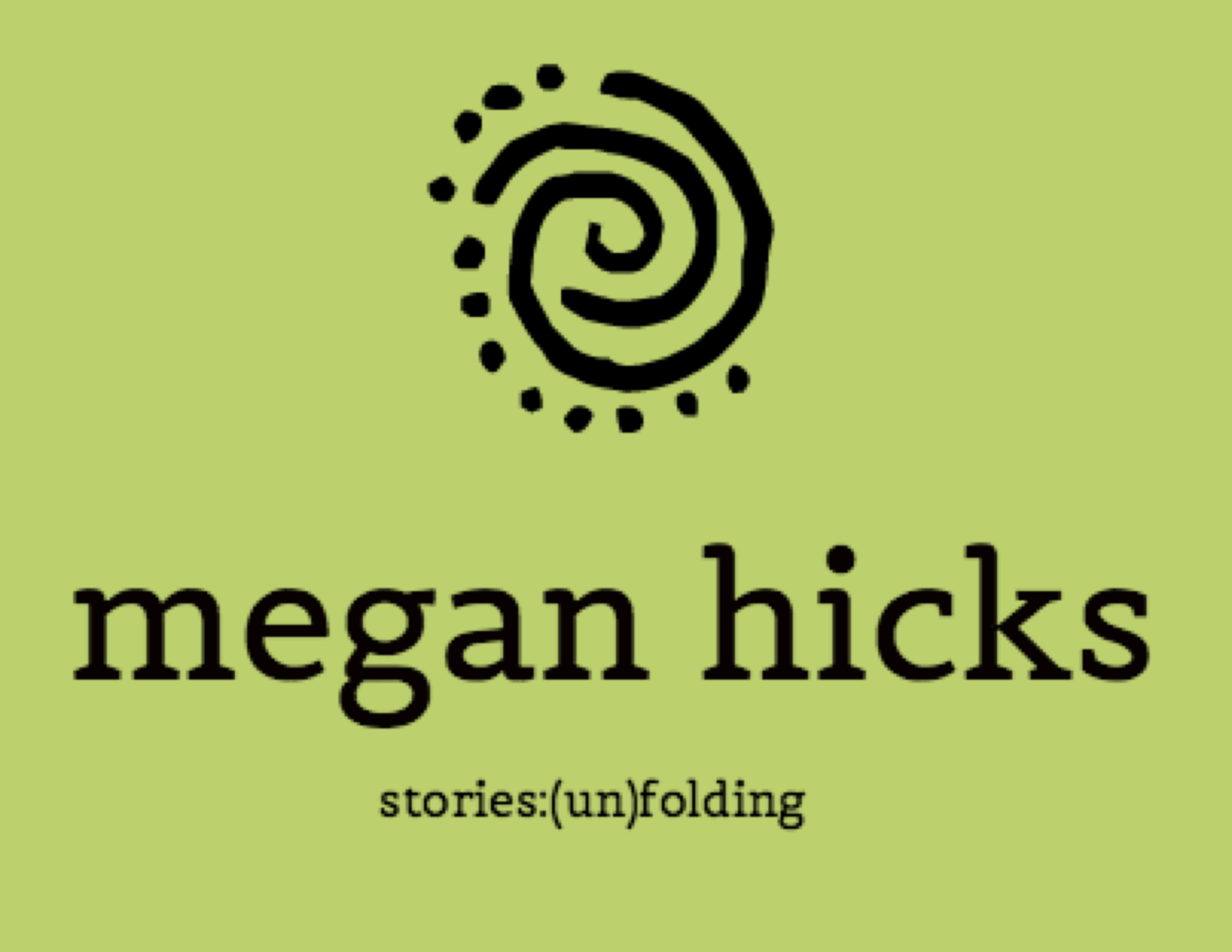Jack and I went to Tulsa for my great niece’s wedding. When was that? 2010-ish? Jack is always ready for a road trip to just about anywhere. So am I, as long as he’s navigating, and I was also looking forward to catching up with some of my side of our far-flung family that we rarely see. I am from Oklahoma City and its northern bedroom community, Edmond. My mom and dad met at Edmond High School. I got my undergraduate degree at Central State University in Edmond. I spent 3 years of childhood and 16 years of adulthood living in Oklahoma City. That’s where my kids were born. My mother, soon to be 95, still lives in Edmond, and so does my younger sister. The far-flung nieces, grand-nieces, and grand-nephews are increasing and multiplying in communities further east. Toward Tulsa. When I was a kid we never went there, and I only visited once — a day trip — as an adult.
Tulsa had the reputation of being less rough around the edges than Oklahoma City. More self-contained and not such a sprawler. Bruce Goff had graced Tulsa with a few iconic buildings that were still intact, there was still some surviving Art Deco, and the Phillips family had tricked out a world class art museum situated on an estate that looks like it was made to order for some of F. Scott Fitzgerald’s “very rich,” who are not like you and I. Tulsa lies north and east of Oklahoma City — shadier and a bit less stifling in the summer, almost Ozarky. I used to think if Tulsa had been my home town, I might have stayed in Oklahoma.
When my grand-niece’s wedding invitation came, I was curious to find out if Tulsa really was Oklahoma City’s “good twin.”
The wedding occupied half a day of our long weekend. After that, we cruised all the Roadside America oddities and curiosities, buzzed the Cow Palace, the Golden Driller, an Art Deco fire station, all the Goff architecture we could find on Google. And we still had time on our hands.
I don’t remember how we found Greenwood. There’s an interstate exchange that cuts it off from the rest of the city. And at the time, there was construction underway for a stadium at the very edge of the neighborhood. I think we just stumbled upon it. On the other side of the underpass there was a bright mural of posters for the Juneteenth Music Festival.
Across from the mural there stood a trim little building — The Greenwood Cultural Center and museum. Jack has never seen a museum he wasn’t curious about, so of course we went inside. A plaque near the door told us this cultural center commemorated the Greenwood race riot of 1921.
What? I had never heard of a race riot anywhere in Oklahoma. Must have been a small one. I mean, I had watched the Watts riots on TV in 1965. Now that was a riot, something that made the news. This obscure Greenwood “riot” must have been pretty small potatoes.
And the “cultural center…” A sincere, well-meaning gesture honoring local history, but, to my way of thinking it was the museum equivalent of publishing your novel with a vanity press because a major publisher/foundation doesn’t believe it is viable enough to warrant a full expensive roll-out. (Remember vanity presses? It’s called self-publishing or print on demand now, and there’s no stigma about it anymore. Similar to blogging and producing a podcase, only in hard copy.) It was apparent that this museum was not well-funded. It looked like a homegrown neighborhood effort funded with bake sales and raffles. Granted, it was spotless, and the grounds were well-kept. But seriously? A museum with virtually NO artifacts to display?
The displays consisted almost entirely of framed photographs of old people. Under the each photo was a densely typewritten paragraph. I got up close and started reading. This was an oral history project. The people shown in the photos had dictated their memories of those days in 1921.
If you need background, here: The New York Times did a feature article about Greenwood in 2011. They do a better job of sticking to the facts that I do. I hope if you’re reading this blog post, you’ll read it this article.
https://www.nytimes.com/2011/06/20/us/20tulsa.html?referringSource=articleShare
I felt the bottom drop out of my stomach as I read. Is it possible to feel shock and outrage and yet not be the least bit surprised? Of course this atrocity didn’t make it into the history books. Because, who writes the histories? And of course there were no artifacts to display. White vigilantes had torched the whole town.
I was well past 40 before the name Emmet Till meant anything to me. A couple of years later, shelving a new children’s picture book at the library where I worked introduced me to Juneteenth. I have Charlotte Blake Alston to thank for the brutality that met The Children’s March in Birmingham. I have not read Toni Morrison’s Beloved, but my paradigm shifted when I stumbled into a historical account of the horror Margaret Garner endured and could not escape, even by suicide. And still, though I am no longer surprised by the depth and viciousness of racism in the United States, I am shocked at each new revelation.
What am I trying to do with this post? I don’t know. Bearing witness to my own prejudice and ignorance. Bearing witness. For what it’s worth.

